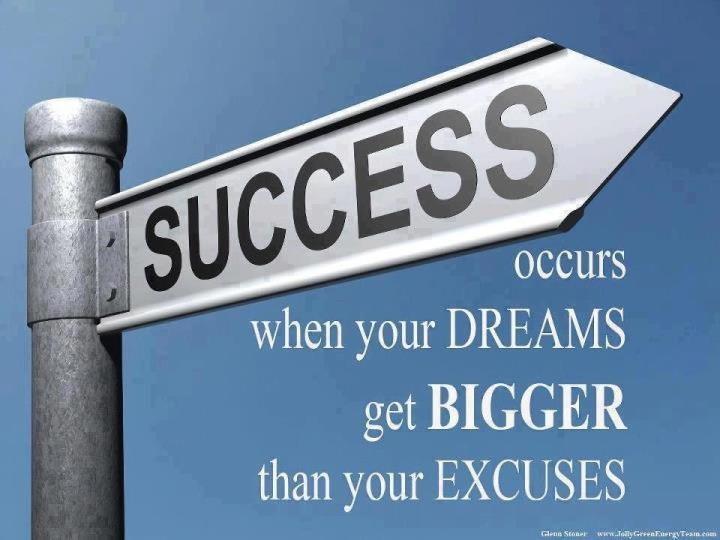Language determines how people perceive you.
Excellent nonverbal communication skills tell your audience that you're
confident, energetic, engaged, and honest, says Tonya Reiman, author of "The Power
of Body Language.”
Someone with poor nonverbal skills, however, may give off an impression of
low self-esteem and a lack of interest, she says. “Is this 100% fair? Not
necessarily. But it is how humans are programmed.”
When dealing with the business world, it’s especially important that
you’re aware of your body language. Your nonverbal cues and gestures can make
or break relationships, and may have a significant impact on your success.
Here are 11 common body language mistakes employees make:
Poor posture. How we feel affects how we stand. In order to be perceived as
confident, you must stand tall, with your neck elongated, ears and shoulders
aligned, chest slightly protruding, and legs slightly apart, distributing
weight evenly, Reiman says. “This does several things. It changes the chemicals
in our brain to make us feel stronger and more confident, and it gives the
outward appearance of credibility, strength, and vitality.”
People often slump their shoulders either due to bad backs, fatigue, lack
of confidence, or general disregard. “This will give others the impression of
insecurity, laziness, and a general sense of unhappiness.”
Not being in sync. When we like someone, we naturally match and mirror their voice, tone,
tempo, body posture, and movements, says Patti Wood, a body language expert and
author of “SNAP:
Making the Most of First Impressions Body Language and Charisma.”
“If you were to watch the conversation on a video, it might look like you’re
dancing with the other person. If you don’t ‘dance’ with your teammates it can
make you look you're not interested in what they are saying, you are not a good
team player, or, in the extreme cases, that you are lying.”
Fidgeting and “big”
hand movements. In business, small
gestures tend to demonstrate the biggest points. “It is rare to see the
alpha of the group wildly flailing about,” Reiman says. “Powerful business
people tend to use smaller, more subtle hand gestures to demonstrate their
point with authority.”
However, so many people in the workplace today make big hand
gestures or fidget with their hands, phone, or hair. “This demonstrates
weakness and a lack of confidence.”
Giving no physical
feedback or facial expression. A big mistake a lot of employees make that can be detrimental to their
success: They show no empathy or interest in what their colleagues are saying.
“We often express interest through raised eyebrows, smiles, head nods, vocal
utterances (like ‘uh-huh’), and leaning forward,” Wood says. “If you don’t give
feedback physically, people think you don’t care, that you’re stuck up, and
host of other negative attributes.”
No eye contact. "Cultural
respective eye contact is one of the main components of nonverbal communication,"
Reiman explains. The ability to gaze at another while speaking denotes
authority, confidence, and presence. “Studies suggest that holding eye contact
while speaking has an enormous impact on your ability to persuade. Lack of eye
contact often implies deception,” she says. When breaking eye contact, it is
better to break off to the left or to the right, as looking down suggests
insecurity.
Bad handshake. Ideally, your handshake should be firm, but not overbearing. “The secret
to a great handshake is palm-to-palm contact,” Wood says. You want to slide
your hand down into the web of theirs, and make palm-to-palm contact. Lock
thumbs, and apply an equal amount of pressure.
Mismatching verbal and
nonverbal messages. Making facial
expressions that appear to show the opposite emotional reaction to what you are
saying is another common mistake, Wood says. For example: You say, “that sounds
great” in a monotone voice, while you cross your arms and roll your eyes. “I
believe this is the worst mistake any communicator can make,” she says. “Some
people do it as a passive aggressive way of getting their message across.”
Failing to smile. “The smile is accompanied by increased activity in the left pre-frontal
cortex — the seat of positive emotions,” Reiman says. Smiling demonstrates
confidence, openness, warmth, and energy. It also sets off the mirror
neurons in your listener instructing them to smile back, she says. Without the
smile, an individual is often seen as grim or aloof.
“Of course, worse than the ‘non-smiler’ is the ‘permagrinner,’ who smiles
too often and is perceived as insincere and misleading,” Reiman adds.
Eye rolling. Eye rolling is a sign of contempt, frustration, exasperation, and
aggression, Reiman says. "While for some it's a habit, it is a completely
conscious act that can be avoided with self-awareness." Eye rolling
signals to your listener that you don’t appreciate or respect them or what they
are saying. "This is such a strong signal that researchers have proven
that rolling your eyes after a spouse has spoken is a strong predictor of
divorce," she says.
Keeping a cell phone
out. Employees sometimes place their cell phone between themselves and the
person they’re speaking to. “It says, symbolically, that this object is more
important than they are, and that the phone is what you’d prefer to interact
with.”
Crossing their arms
defensively. Look around in a
meeting and you’ll likely notice a few colleagues crossing their arms. “You
should always keep your hands in view when you are talking,” Wood explains.
“When a listener can’t see your hands, they wonder what you are hiding.” To
look honest and credible, show your hands.



















